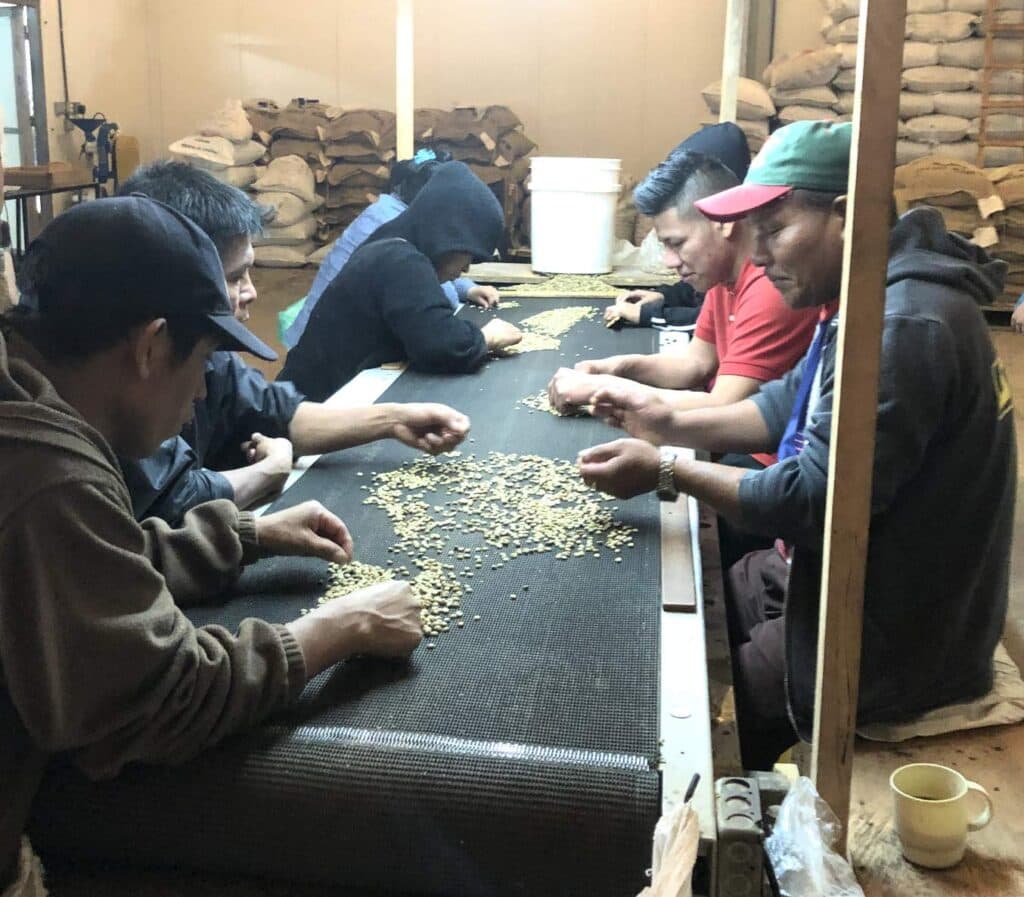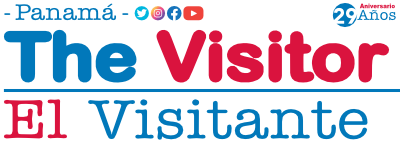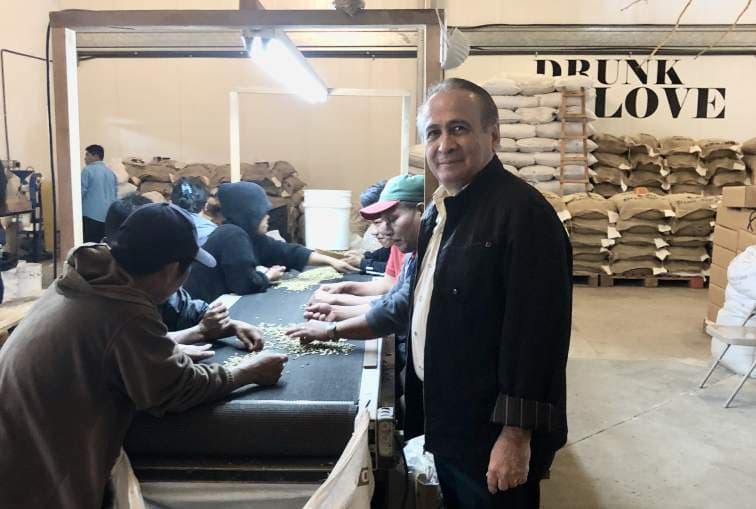His speech at the Tourist Cabinet at Chiriqui Province, reaffirmed the commitment of businessman Felipe Ariel Rodriguez, as president of the Competitiveness Center of the Western Region of Panama (CECOM-¬RO). Rodriguez was able to express to Laurentino `Nito´ Cortizo, President of Panama, the importance of reviving tourism in the West Region, highlighting the Chiriqui Coffee Course as a world-class agricultural tourism product. Renowned for his career as manager of an Auto Service family business, and for being an active member in unions, Rodríguez is part of a group of professionals behind the 20 – 50 Vision Plan for the Western region, where tourism is a key part to upgrade the competitiveness of this sector and the country.
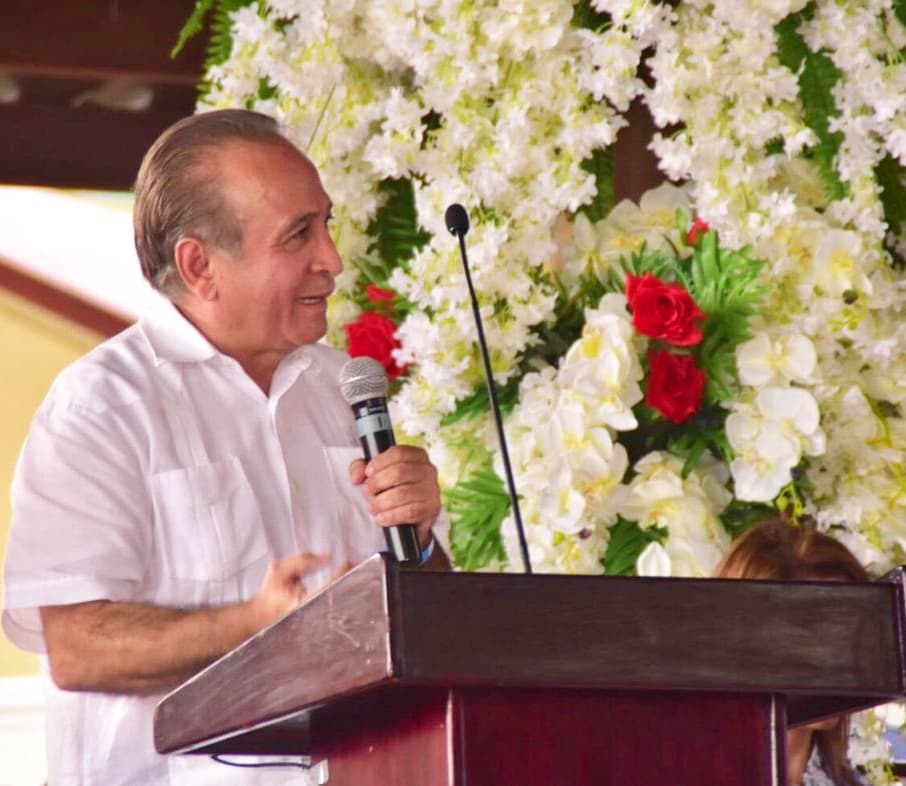
Where the idea came from to create the Coffee Course?
“More than 20 years ago a group of producers thought about evolving, and invested in producing a Special Coffee. This is how they discover the Geisha species. Agro tourism based on that type of coffee began to grow due to its international fame. We have been talking about articulating all the actors, unifying them to develop a tourist destination that will deliver the experience of a Coffee Course as other countries have. This Coffee Course was designed in 2018, when CECOM-RO received resources with the support of MiAmbiente, through the GEF, Global Environment Facility.
Starting, there were 18 farms, but with the resources we were able to map 105 farms, 30 of which are in high development, 18 are in advanced development and 58 were identified in an incipient state, with high potential. These 105 farms are located within four districts: Renaissance, Highlands, Boquete and Gualaca with its Hornito District, forming the Coffee Belt. Tourist corridors were identified, which are complementary companies such as hotels or gastronomy offer, in the Highlands five corridors were detected based on coffee, 8 in Boquete and one corridor at Hornito de Gualaca, about 18 corridors were completed. Natural and cultural attractions were identified, because a Visitor who buys a Coffee Course package also seeks to connect with other tourist attractions”.
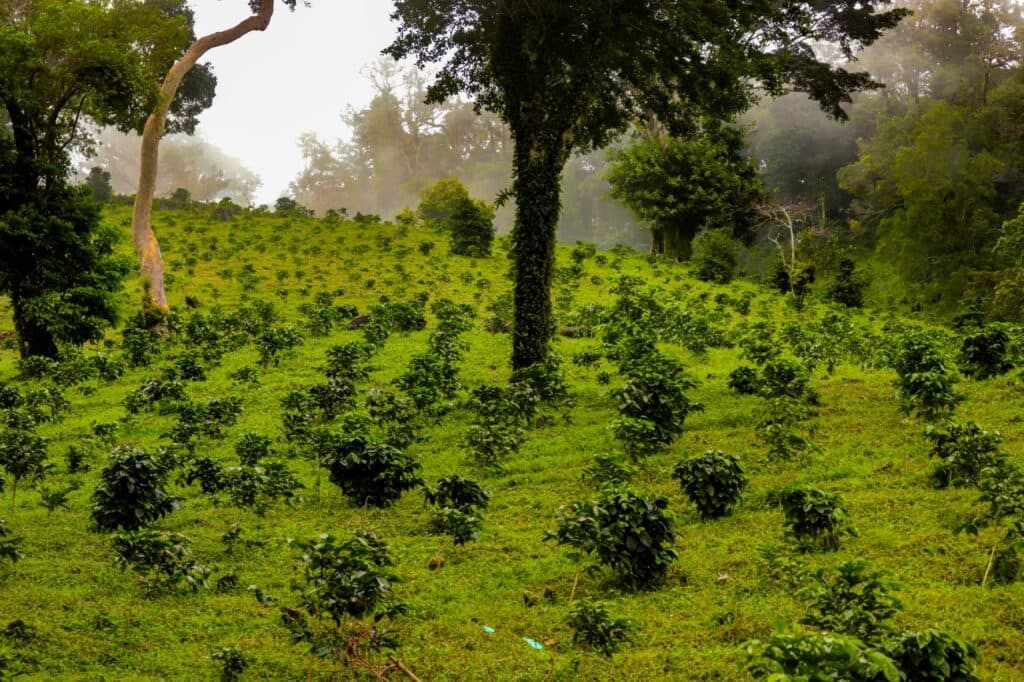
How are you going to manage and promote the Coffee Course?
“We created the Board of Directors of the Coffee Course. Entity formed by ten organizations: Renaissance Producers Association (APRE), Renaissance Chamber of Tourism, Highlands Chamber of Tourism, Foundation of Coffee Producers from Highlands, Bocas del Toro Chamber of Commerce, Special Coffees Association, Panamanian Association of Business Executives (APEDE), Chiriqui Chamber of Commerce, Producers Association, Agricultural and Tourism Services from Cerro de la Mina Valley at Hornitos and CECOM-RO. This board was joined also by the Tourism Authority (ATP), Ministry of Agricultural Development (MIDA) and MiAmbiente.
For the Promotion and Marketing Plan we hire an international company called SILICE, who uses virtual intelligence. We already have the platform and we will launch it in a few months, so that the tourist can enter, make the virtual tour from anywhere in the world, and be guided to other activities in the region ”.
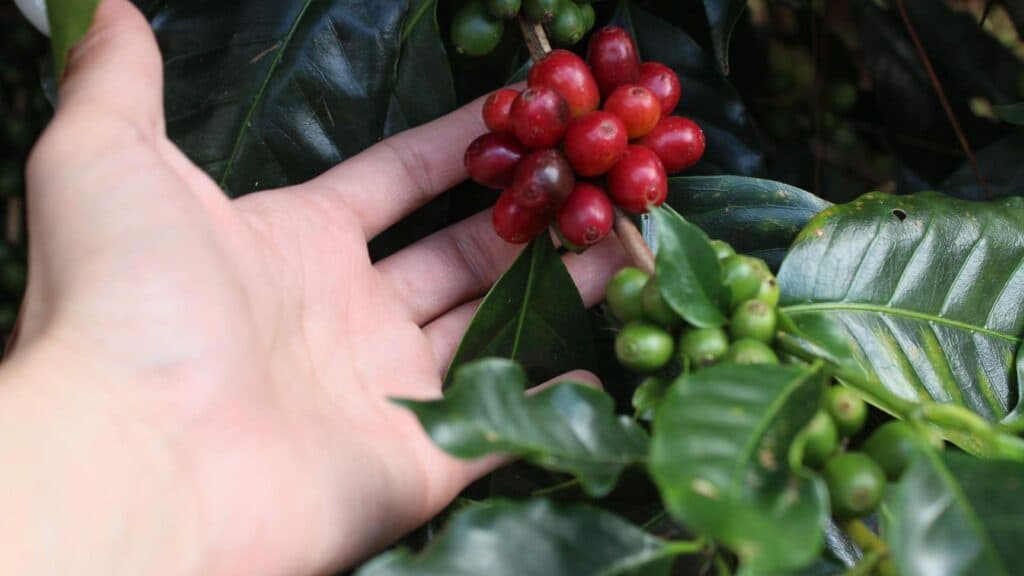
How this Course will benefit Panamanians and Panama’s country brand?
“We want to generate economic opportunities for the people who live in these areas by continue producing, and prevent their migration to the cities. This project will also have an impact on the protection of natural reserves such as the Amistad International Park (PILA), La Fortuna and Volcan.
The Coffee Course will bring added values such as coffee tasting, telling the story of how coffee entered America and how the Geisha species arrived in Boquete. We do not compete with large production, we compete with coffee quality. We are promoting agro tourism, and the Coffee Course is an effort to consolidate a high-level tourism product that will empower the country. We want this model to serve as an example to create other routes such as the Folklore Route or the one that is being develop for Panama City ”.
